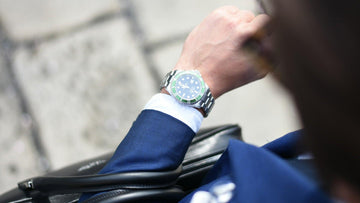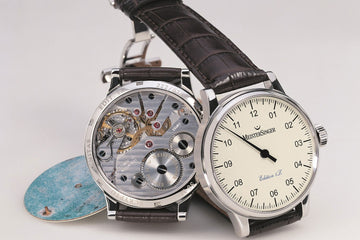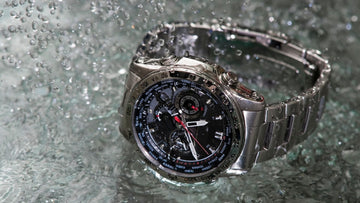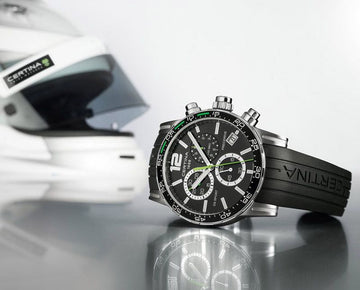It seems like an obvious and easy question to answer: do you wear a watch on your left or on your right wrist? Traditionally, most people wear their watches on the left wrist, and there is a simple reason for this: most people are, in fact, right-handed. Wearing your watch on the left keeps your dominant and most used hand free for daily tasks, and less likely to be damaged.
But what about etiquette? Although there are no strict rules, wearing your watch on your non-dominant wrist is often seen as the norm. This has a historical basis. Mechanical watches used to have to be wound regularly, and with the watch on the left, this was a lot easier for right-handers.
For left-handers, it naturally makes more sense to wear the watch on the right. This avoids discomfort and makes using buttons or reading the time easier. Nowadays, there are even watches specially designed for left-handers, with the crown on the left side of the case.
But in the end, it's all about personal preference and comfort. Want to follow traditional etiquette very precisely? Then wear your watch on your non-dominant wrist. For most, that is on the left. But in today's age of individuality, there is more and more room for your own choices. And so it doesn't really matter whether you wear your watch on your left or right wrist. We know people who always wear two watches: one on the left and one on the right. Can be done, of course.
Blog posts







